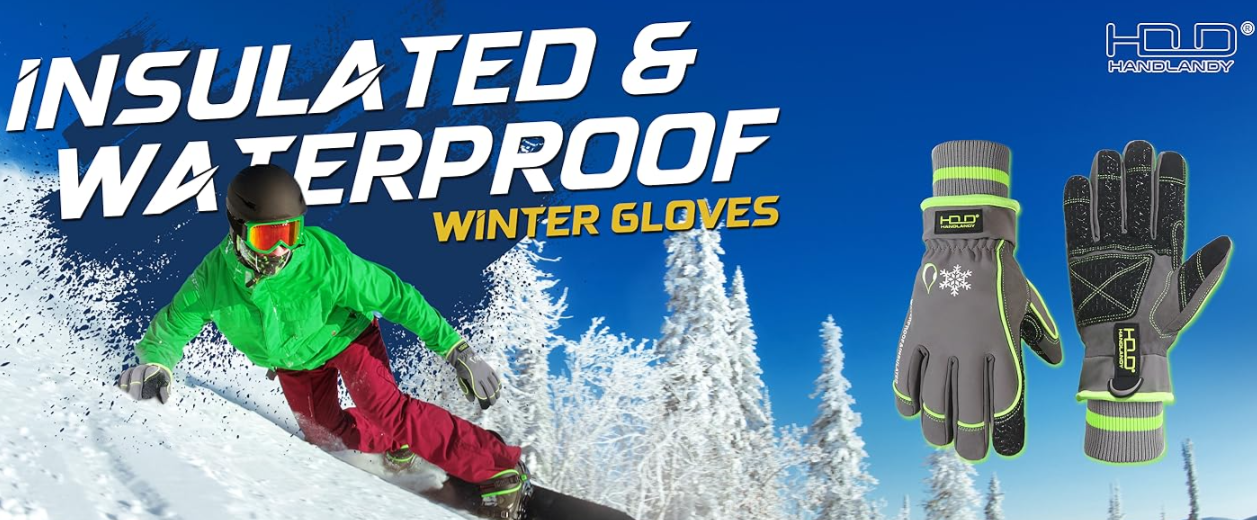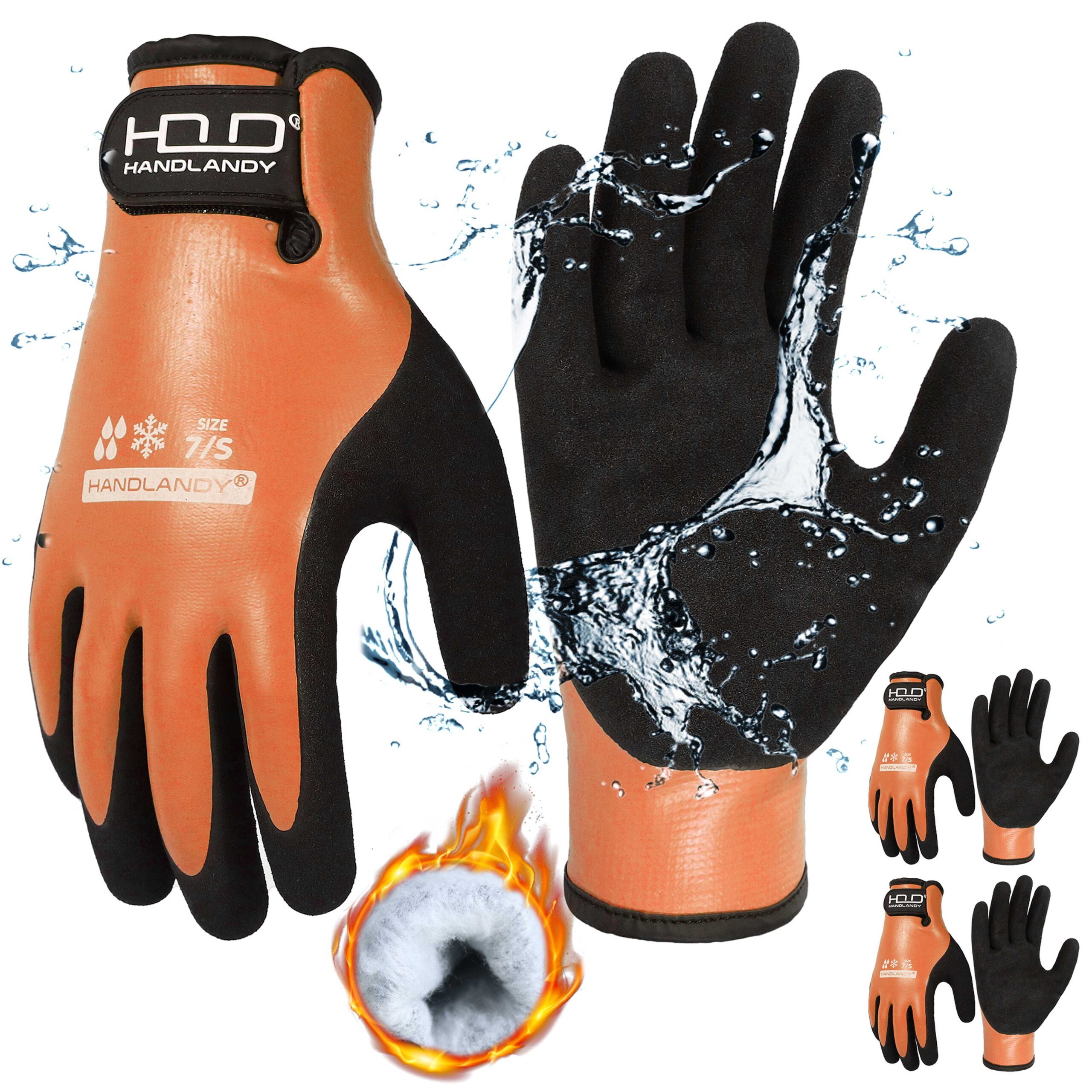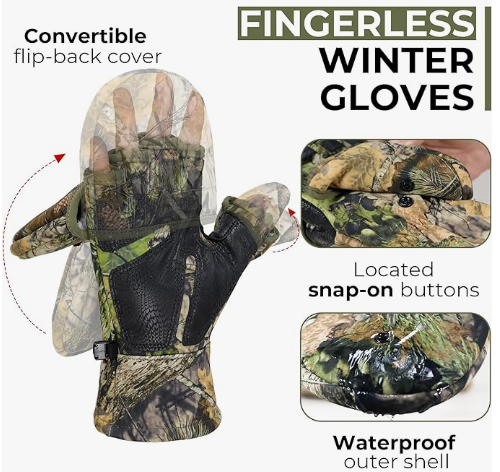1. Why Choose the Right Ski Gloves?🎿🧤
Cold weather skiing requires gloves that keep your hands warm, dry, and functional. Poor choices can lead to discomfort or even frostbite. This guide helps you pick the best gloves for sub-zero temperatures.
2. Key Features to Prioritize
2.1 Insulation
- Best for Cold: Synthetic or Down Insulation
- Synthetic (e.g., PrimaLoft, Thinsulate): Lightweight, retains warmth even when wet.
- Down: Super cozy but ineffective if soaked.
2.2 Waterproofing
- Look for:
- Gore-Tex or silicone-coated outer layers.
- Breathability to prevent sweat buildup.
2.3 Flexibility
- Dexterity Matters:
- Check reviews for ease of use (e.g., adjusting poles).
- Avoid overly bulky gloves for precise movements.
3. Materials That Make a Difference
| Material | Best For | Why? |
|---|---|---|
| Gore-Tex | Waterproof + Breathable | Blocks water, lets sweat escape. |
| Merino Wool Liners | Moisture-Wicking | Keeps hands dry and warm. |
| Reinforced Leather | Durability + Grip | Resists tears and improves pole control. |
4. Top Brands & Models

5. Quick Tips for Success
- Fit Matters: Gloves should feel snug but not tight. Avoid oversized gloves for better warmth.
- Layer Smart: Pair with thin wool liners under gloves for extreme cold.
- Test Waterproofing: Check if gloves resist water during a quick rain test.
6. FAQs
Q: Mittens vs. Gloves?
- Mittens are warmer (fingers share heat) but less flexible. Gloves offer dexterity for skiing.
Q: Can I Use Winter Gloves for Skiing?
- Yes, but prioritize waterproofing and padding on palms (to grip poles/snowboards).
Q: How to Extend Lifespan?
- Wipe gloves dry after use. Store in a cool, dry place. Avoid machine washing unless needed.
🎿🔥Keep Your Hands Warm & Dry This Winter!
Choose gloves with insulation, waterproofing, and flexibility to enjoy the slopes comfortably.








